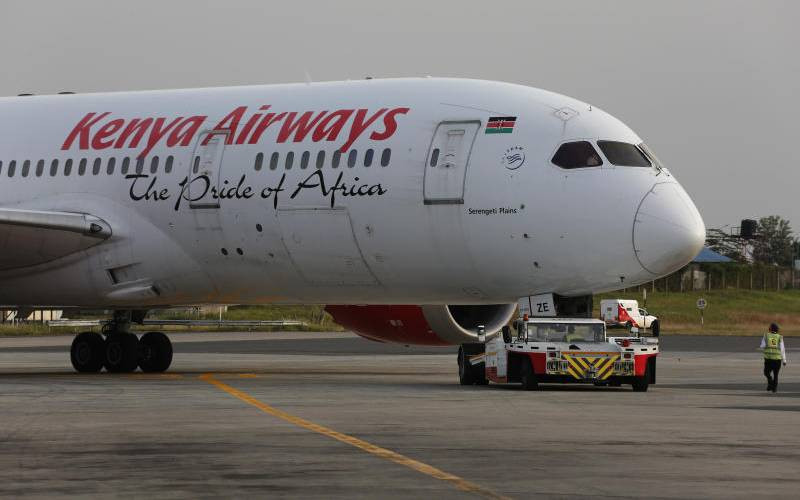By Kate Schecter
News Americas, NEW YORK, NY, Tues. Aug. 29, 2023: The Latin American countries that share the Amazon rainforest recently met to find ways to prevent further destruction of this precious natural treasure. As a huge carbon sink, losing more to clear cutting will only exacerbate climate change.
To protect this massive forest, important to the entire world, Brazil’s government seeks to build a new green economy in the Amazon. The goal is to ensure that what works for the forest also works for the millions who live there. There are numerous proposals to create sustainable livelihoods.
One that has shown promise in other countries with forests at risk is agroforestry.
Bamboo is an important part of rural life in much of Asia, including Nepal. It is eaten when young and used as a building material when mature.
Bamboo plants are abundant in Eastern Nepal. As with trees in the Amazon, Indonesia and other countries, bamboo in Nepal is often cleared to make way for agriculture. In addition to eliminating carbon absorbing plants, clearing bamboo increases the risk of soil erosion and, with it, flooding.
One way to prevent wholesale destruction of bamboo plants is to provide villagers with an incentive to protect and maintain them—and even plant more of them.
The key is to turn bamboo into a cash crop.
Our organization and local partners teach communities how to plant and manage bamboo to produce surplus to sell in local markets. Techniques are built around organic methods that limit water use. The trees are tended, harvested and sold for building and other uses.
At harvest, a family grosses 45-80 US dollars. Since input costs are extremely low, profits increase household incomes without a lot of additional labor and profit margins are high.
Families are also trained to plant and harvest fruit trees and animal fodder in their bamboo “forests.” Fertilizers and pesticides are organic, made from household and animal waste. Specific planting techniques minimize water use. More fruit grown among bamboo enhances nutrition and food security.
Agroforestry in the Amazon would likely center on the palm species Euterpe precatoria and others that dominate the region. But bamboo could play a larger role as well. It is found from southern Argentina and the forests of central Chile, all the way through the continent’s tropical rainforests, to the foothills of the Andes in Ecuador. Farmers in a number of Amazonian countries already grow it for building and other uses. They especially appreciate how fast it grows, sometimes up to three feet a day. Incorporating agroforestry would provide additional sources of healthy food and income.
Climate resilience and economic development can be two sides of the same coin. Critical forests are preserved, communities improve their lives and the natural resources are continually replenished.
EDITOR’S NOTE: Kate Schecter is CEO of World Neighbors.






















Discussion about this post